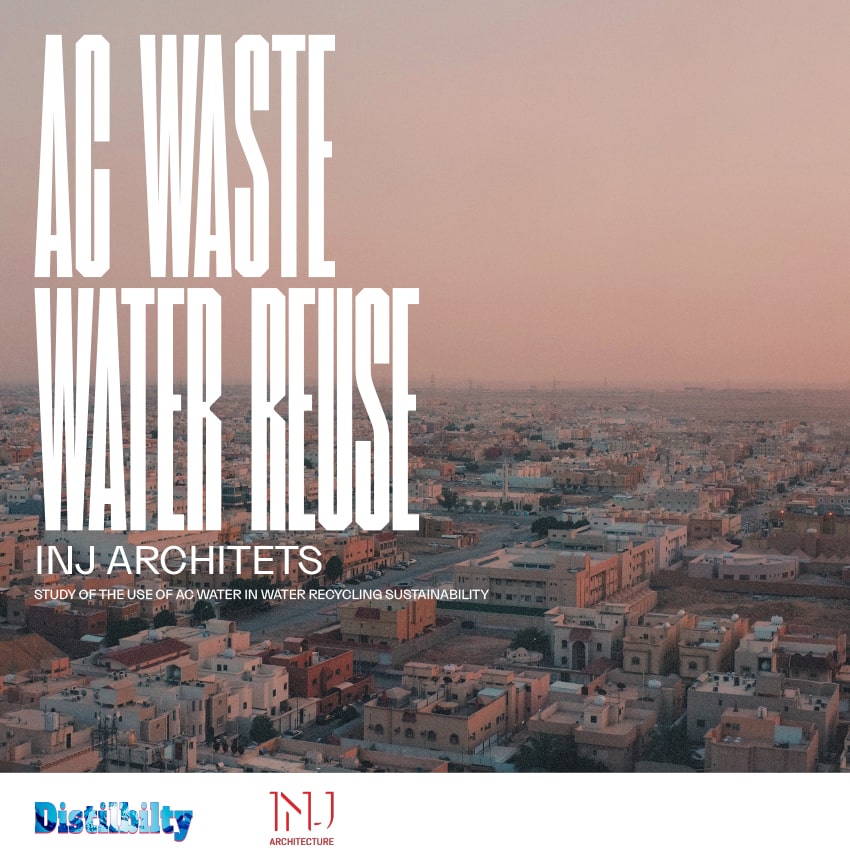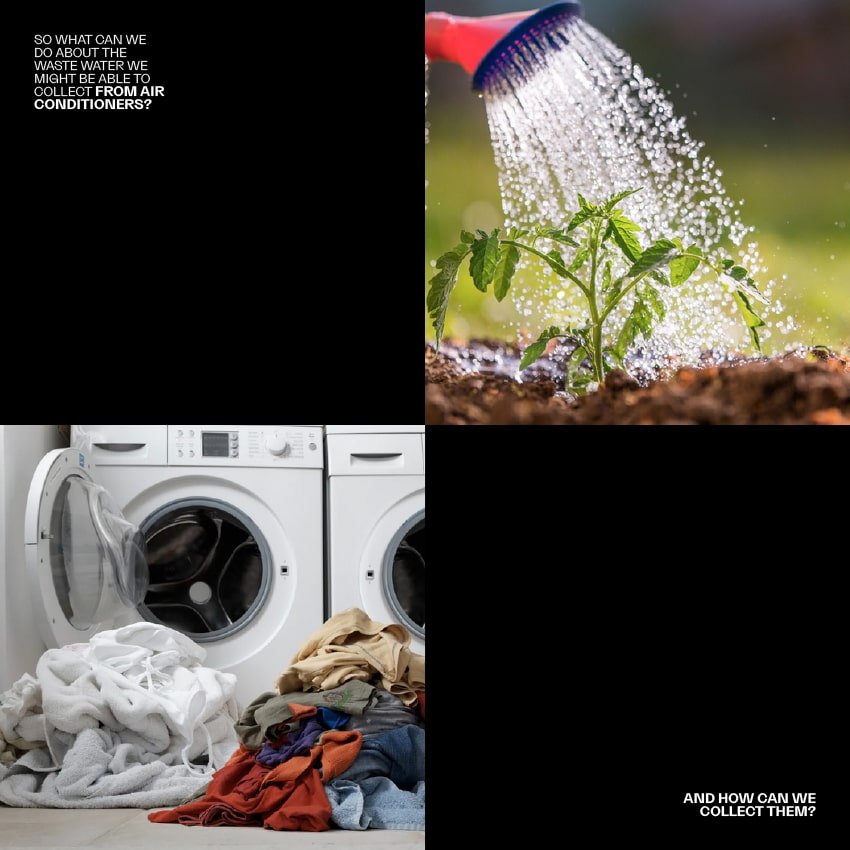
The kingdom of Saudi Arabia has an area of approximately 2,150,000 km2 with a
household population of approximately 35 million as of today. It is located in the
subtropical climate zone.
The use of air-conditioning and types of air-conditioning is increasing in the Kingdom, and because it consumes a lot of energy, it is necessary to look at how the weaknesses are transformed into strengths in sustainability.




Being a subtropical country, it has a scarcity of rains and an
abundance of deserts. Their summers tend to be exceedingly hot with clouds that are
thin, providing no help with shading. In the summer, temperatures would reach 38 °C,
and in the desert, it may even reach 55 °C.
Given the scarcity of rain, the country only has a couple of oases, underground
water sources, and hardly any lakes and rivers to become their source of water, but these
aren’t enough for their daily water usage. In an article from 2014, a professor has found
out that water consumption in Saudi Arabia appears to be bigger as opposed to their
counterpart countries that have fresh water sources. Saudi Arabia’s water consumption
is double the world’s average. Given this, a big part of the water they use (for drinking,
cleaning, watering, etc.), come from desalination plants which produce around 60% fresh
water (1.9 billion cubic meters of water produced by desalination plants in Saudi Arabia
in 2019). Desalination plants convert sea water into water that is usable for daily activities.
In fact, desalination plants play a huge role in how their country functions – for better or
for worse.
So how does the process of desalination work?
Phase 1 – Pretreatment
• Seawater enters the pipeline
• Debris is removed as it passes through screens
• It undergoes a treatment process called coagulation and flocculation
• Chemicals are added for algae and other organic materials to clump together
• The clumped materials are removed through sand filtration
• Silt and fine particles are then removed as it passes through diatomaceous earth
filters
• The last filter is the cartridge filter to remove any leftover particles
Phase 2 – Reverse Osmosis
• The water is pushed through a semi-permeable membrane (0.001 microns) by high
pressure
• Fresh water is separated from seawater, that is now twice as salty, and other
minerals
Phase 3 – Post-treatment, Blending and Delivery
• To stabilize the desalinated water, chemicals are added
• It is then delivered to a facility site where it is blended with treated drinking water
Phase 4 – Concentrate Return
• The saltier seawater that was left behind is blended with cooling water
• The water that is sent back to the sea has its salinity lessened
• Salinity 1-1.5% higher than the original, but still within the seasonal fluctuations of
salinity
Given the arduous process it takes to desalinate seawater, it consumes a huge
amount of electricity. The process uses up about 20% of the electricity in the whole
country.
It is also important to note that 65% of the electricity of the world is produced by
burning of fossil fuels. In Saudi Arabia, 100% of its electricity come from fossil fuels. With
desalination plants using a chunk of that energy, only 80% remain. And in that 80% that
remain, another 70% is deducted just by usage of air conditioning.
As previously mentioned, Saudi Arabia is a hot country, so it’s no surprise that air
conditioning is very widely used. According to 2017 statistics, there are about 5.46 million
households across Saudi Arabia. In that 5.46 million households, 63% have at least 1 air
conditioning unit at home. So that just gives us 10% energy left for other things like gadget
charging, computer usage, powering up lights, electric cars, and many more. That is a
whole bunch of activities with just a small percentage of electricity allotted for them as
opposed to desalination processes and of course air conditioning with their own huge chunks of energy usage.












Going back to the 70% energy usage of air conditioners, while it cannot be avoided
too because Saudi Arabia is a hot country, it is also not sustainable. But did you know
that air conditioners are able to produce 5-20 gallons of water depending on the
temperature with hotter weathers, of course, producing the higher amount. For amount
comparison, 20 gallons of air conditioning waste water is 91 1-liter bottles or 15 6-liter
bottles. The waste water that comes from air conditioners can be reused in a lot of ways.
It may be used for cleaning, laundry, watering plants, water for toilets, etc. If we think
about it, by utilizing this waste water, we may be able to lessen the pressure on
desalination as well as putting to good use the energy expended by air conditioners by it
having another function apart from just cooling.
In Saudi Arabia, there are about 8 main types of air conditioning units (ACU). Since
we are covering here how air conditioning water can be collected in homes, the most
common types of AC used at home are window type, split type, and packaged. So how
do we go about utilizing the waste water these air conditioners produce?
Similar to how rain harvesting works in homes of countries abundant with rain, wherein
runoff water from the rain drains to the gutters then pipes or as it collects in a catch basin
which then is collected in a storage tank for later use, air conditioner waste water may
also be collected this way.
Typically, air conditioner waste water just passes through pipes and flows to the
drainage or even just left to dry on the pavements, having no second life at all. But by
collecting it like how rainwater is collected, it may serve more purposes. While air
conditioner waste water is not drinkable, it may be used for things such as laundry,
washing cars on anything outdoors, cleaning indoor spaces like floors or windows, toilet
water, or even watering plants at home.
To summarize things, Saudi Arabia uses up a lot of energy just to produce water that
they can use daily. Given that Saudi Arabia’s main income source are their oils/fossil
fuels, this process is not sustainable environmentally and economically. Instead of just
exporting or using those fuels for other activities, a chunk of it gets used to produce
water. Because they need more water, they burn more fuels which in turn contribute to
global warming; and apart from this, even though it still falls within normal range for
now, it still makes sea water saltier which could harm the ocean and sea water
ecosystem. By giving air conditioner water a second life, we would be able to cut energy
and water wastage, if not significant, at least a couple of gallons a day. Collectively,
these small efforts to change things can have a huge impact.













